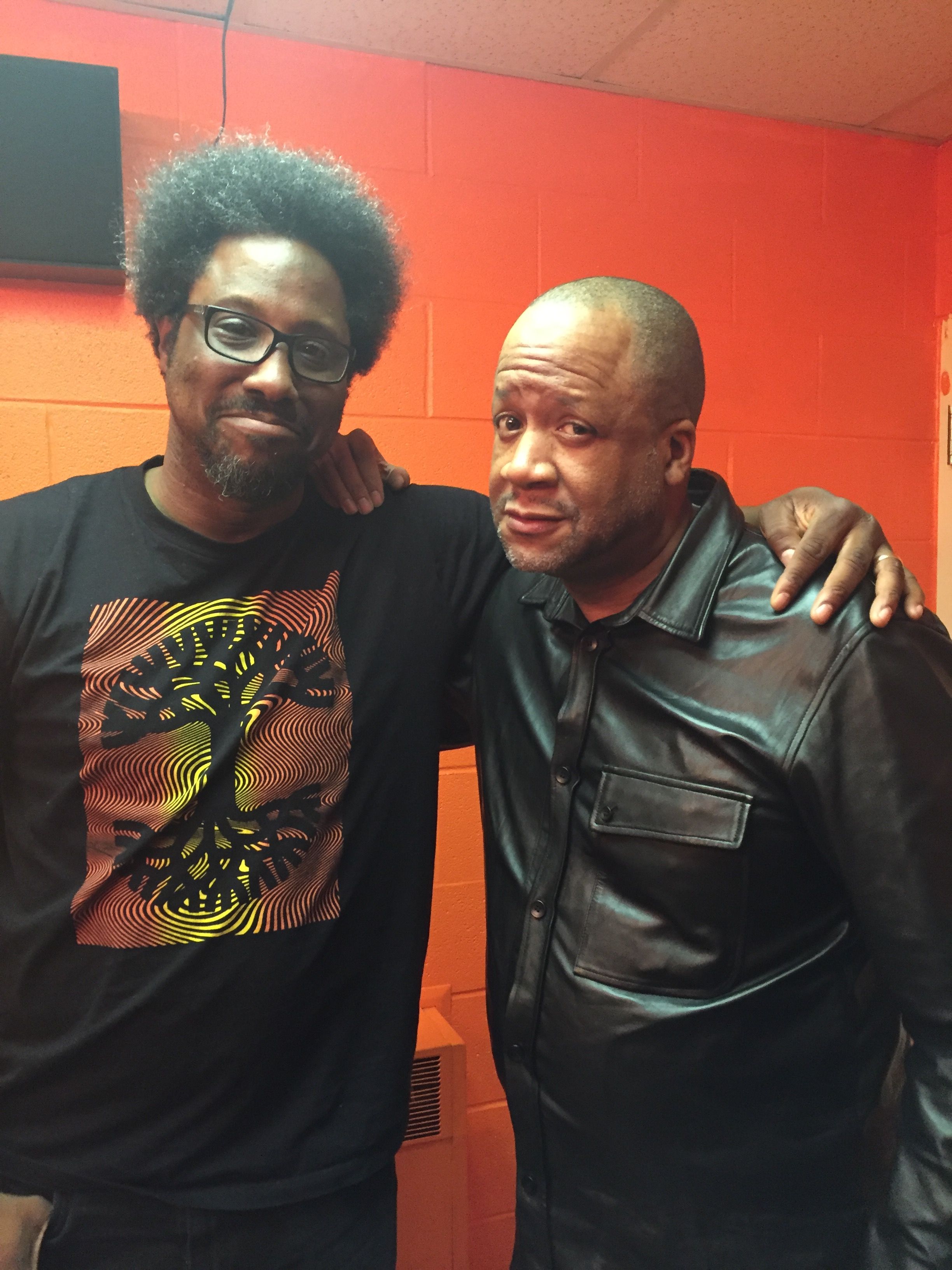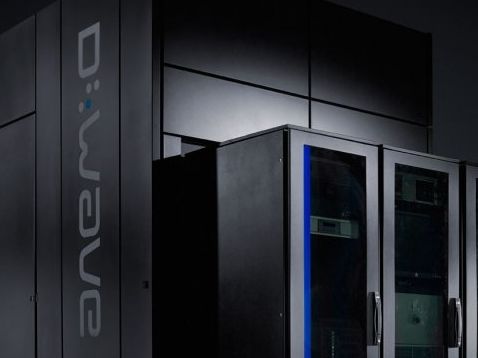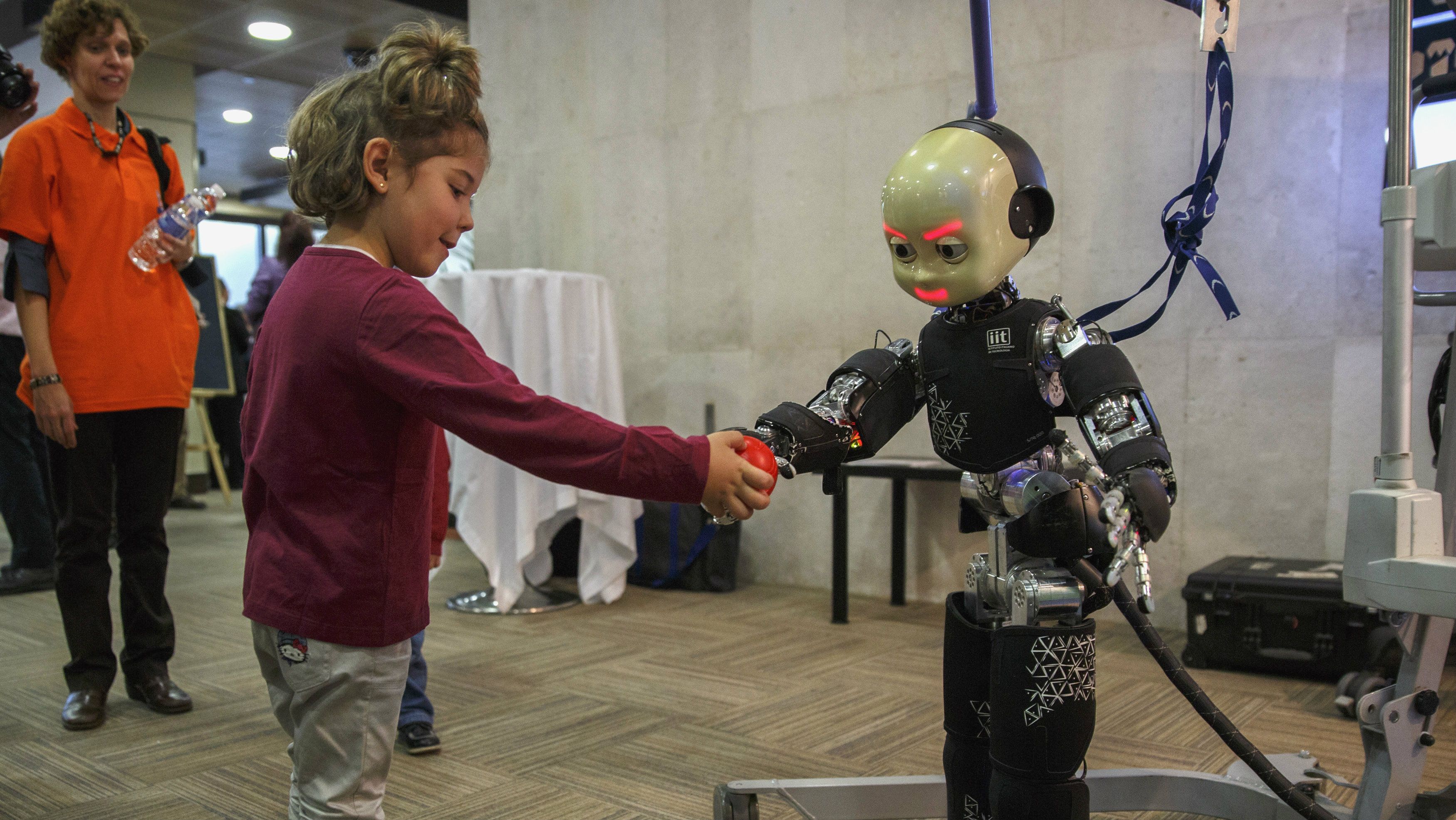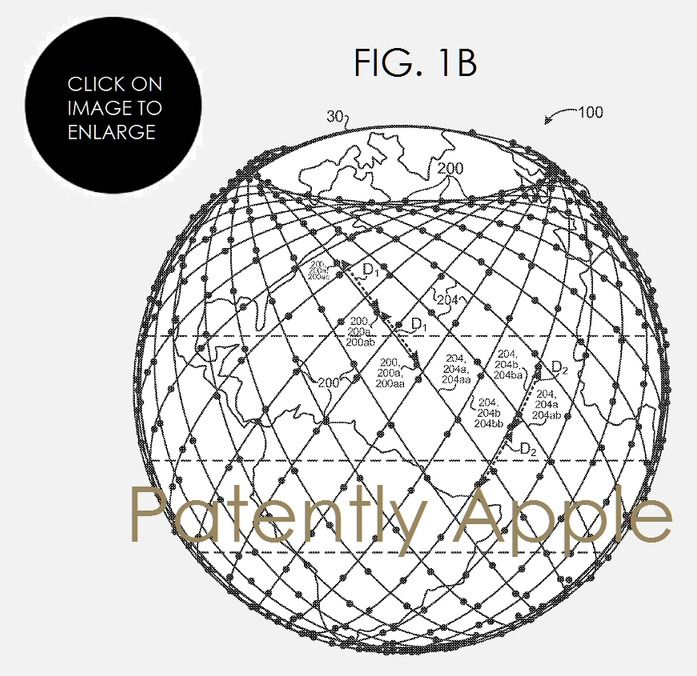Archive for the ‘robotics/AI’ category: Page 2293
Apr 11, 2016
D-Wave Systems is most disruptive company we’ve ever seen, says Paradigm
Posted by Karen Hurst in categories: computing, finance, quantum physics, robotics/AI
D-Wave not only created the standard for Quantum Computing; they are the standard for QC in N. America at least. Granted more competitors will enter the field; however, D-Wave is the commercial competitor with proven technology and credentials that others will have to meet up to or excel past to be a real player in the QC landscape.
Burnaby-based D-Wave, which was founded in 1999 as a spin-off from the physics department of the University of British Columbia has become nothing less than the leading repository of quantum computing intellectual property in the world, says the analyst. He thinks D-Wave’s customers will be positioned to gain massive competitive advantages because they will be able to solve problems that normal computers simply can’t, such those in areas such as DNA sequencing, financial analysis, and artificial intelligence.
“We stand at the precipice of a computing revolution,” says Kim. “Processing power is taking a huge leap forward thanks to ingenious innovations that leverage the counter-intuitive and unique properties of the quantum realm. Quantum mechanics, theorized many decades ago, is finally ready for prime time. Imagine, if we could go back to 1946 and have the same foresight with the ENIAC, the first electronic general-purpose computer. ENIAC’s pioneers created a new industry and opened up unimaginable possibilities. The same opportunity exists today with D-Wave Systems. D-Wave is the world’s first quantum computing company and represents the most unique and disruptive company that we have seen in our career.
Continue reading “D-Wave Systems is most disruptive company we’ve ever seen, says Paradigm” »
Apr 11, 2016
Why Pessimistic Predictions For Future of AI May be More Hype than High Tech
Posted by Dan Faggella in categories: complex systems, cryonics, existential risks, futurism, life extension, robotics/AI, singularity
The growth of human and computer intelligence has triggered a barrage of dire predictions about the rise of super intelligence and the singularity. But some retain their skepticism, including Dr. Michael Shermer, a science historian and founding publisher of Skeptic Magazine.

The reason so many rational people put forward hypotheses that are more hype than high tech, Shermer says, is that being smart and educated doesn’t protect anyone from believing in “weird things.” In fact, sometimes smart and educated people are better at rationalizing beliefs that they hold for not-so-rational reasons. The smarter and more educated you are, the better able you are to find evidence to support what you want to be true, suggests Shermer.
“This explains why Nobel Prize winners speak about areas they know nothing about with great confidence and are sure that they’re right. Just because they have this great confidence of being able to do that (is) a reminder that they’re more like lawyers than scientists in trying to marshal a case for their client,” Shermer said. “(Lawyers) just put together the evidence, as much as you can, in support of your client and get rid of the negative evidence. In science you’re not allowed to do that, you’re supposed to look at all the evidence, including the counter evidence to your theory.”
Continue reading “Why Pessimistic Predictions For Future of AI May be More Hype than High Tech” »
Apr 11, 2016
Artificial Intelligence Sheds New Light on the Origins of the Bible
Posted by Sean Brazell in categories: mathematics, robotics/AI
Twenty six hundred years ago, a band of Judahite soldiers kept watch on their kingdom’s southern border in the final days before Jerusalem was sacked by Nebuchadnezzar. They left behind numerous inscriptions—and now, a groundbreaking digital analysis has revealed how many writers penned them. The research and innovative technology behind it stand to teach us about the origins of the Bible itself.
“It’s well understood that the Bible was not composed in real time but was probably written and edited later,” Arie Shaus, a mathematician at Tel Aviv University told Gizmodo. “The question is, when exactly?”
Shaus is one of several mathematicians and archaeologists trying to broach that question in a radical manner: by using machine learning tools to determine how many people were literate in ancient times. Their first major analysis, which appears today in the Proceedings of the National Academies of Sciences, suggests that the ability to read and write was widespread throughout the Kingdom of Judah, setting the stage for the compilation of Biblical texts.
Continue reading “Artificial Intelligence Sheds New Light on the Origins of the Bible” »
Apr 11, 2016
Reconstituting Asteroids into Mechanical Automata
Posted by Klaus Baldauf in categories: computing, robotics/AI, space travel
Jason Dunn Made In Space, Inc.
The objective of this study is for Made In Space (MIS) to establish the concept feasibility of using the age-old technique of analog computers and mechanisms to convert entire asteroids into enormous autonomous mechanical spacecraft. Project RAMA, Reconstituting Asteroids into Mechanical Automata, has been designed to leverage the advancing trends of additive manufacturing (AM) and in-situ resource utilization (ISRU) to enable asteroid rendezvous missions in which a set of technically simple robotic processes convert asteroid elements into very basic versions of spacecraft subsystems (GNC, Propulsion, Avionics). Upon completion, the asteroid will be a programmed mechanical automata carrying out a given mission objective; such as relocation to an Earth-Moon libration point for human rendezvous or perhaps to set an Earth-threatening NEO on course to the outer solar system and out of harm’s way. This technique will create an affordable and scalable way for NASA to achieve future roadmap items for both the Human Exploration and Operations Mission Directorate (HEOMD) and the Science Mission Directorate (SMD) such as Asteroid Redirect Mission (ARM), New Frontiers Comet Surface Sample Return, and other Near Earth Object (NEO) applications. It is estimated that an order of magnitude increase in NEO targets can be explored for the same mission cost with the RAMA approach compared to the SOA Asteroid Redirect Mission (ARM) architecture by removing the need to launch all spacecraft subsystems and instead converting the asteroid into them in-situ. Assuming the development trends continue for industry based AM methods as well as NASA and industry investments in ISRU capabilities, Project RAMA will create a space mission architecture capable of achieving the aforementioned NASA goals within a 20–30 year time frame. Furthermore, as described in the proposal, the identified study path will provide insight into near term Mission ‘Pull’ technologies worth investment in order to create the development roadmap for the proposed ‘Push’ technologies for achieving NASA’s long term strategic goals.
Apr 10, 2016
Giving people free money could be the only solution when robots finally take our jobs
Posted by Shailesh Prasad in categories: economics, employment, robotics/AI
Apr 10, 2016
What will destroy us first: Superbabies or AI?
Posted by Karen Hurst in categories: bioengineering, computing, drones, education, genetics, robotics/AI, transportation
Depends who is doing the creating. If a robot is created/ altered by ISIS to attack the western world then robots. At the same time, if a crazy scientist decides to genetically create Cyclops to take over the UK, US, etc. then the genetically alter species. Truly depends on the creator and the creator’s eye.
At Silicon Valley’s inaugural Comic Con, we gave a talk called “Superbabies vs. AI.” Astro, who is captain of moonshots at Alphabet’s X division, argued that genetically engineered babies are going to destroy civilization as we know it. He sees the horror of eugenics, X-Men, and a planet entirely populated by the sort of kids who beat him up in middle school, all rolled into one. Danielle, a physician-scientist and wife of said captain of moonshots, argued that the robot apocalypse is going to annihilate humanity. Super intelligent computers will eventually destroy us all, no matter what sort of Asimovian instructions we try to give them. The jury is out about who won the debate, but here are the most important issues we explored.
Will highly evolved AI break into banking systems and steal all of our money or send drones to kill us all?
Continue reading “What will destroy us first: Superbabies or AI?” »
Apr 10, 2016
SpaceX reusable stages, drone ship technology and the SpaceX Heavy
Posted by Andreas Matt in categories: drones, robotics/AI, space travel
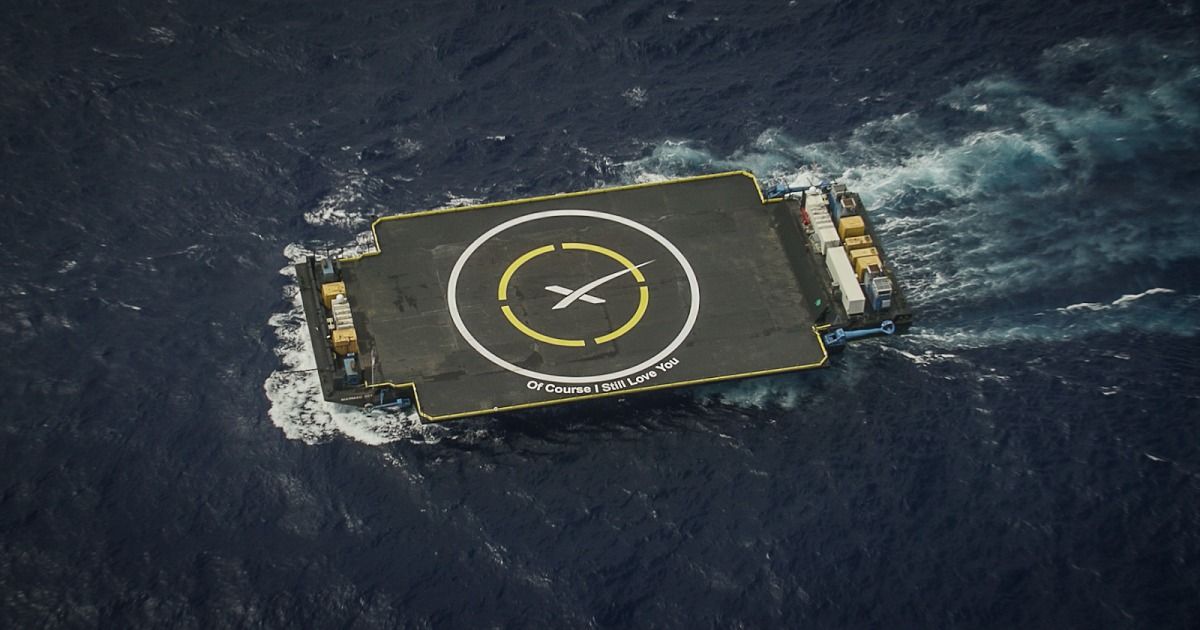
https://youtube.com/watch?v=EmN9IJyzBG0
Initially SpaceX plans to reduce the cost of a Falcon 9 rocket with a reused booster to $43 million per flight, a savings of 30 percent.
SpaceX will try to return the booster that was just landed on the drone ship back to Cape Canaveral, in Florida, by Sunday. After running a series of tests on the Falcon, the company plans to fire its engines 10 times in a row on the ground. “If things look good it will be qualified for reuse,” Musk said. “We’re hoping to relaunch it on an orbital mission, let’s say by June.”
Continue reading “SpaceX reusable stages, drone ship technology and the SpaceX Heavy” »
Apr 10, 2016
Alphabet Inc Uses Its Head in AI
Posted by Karen Hurst in categories: business, information science, robotics/AI, security, singularity
I imagine that Alphabet has been already exploring the whole online bot technology with its cloud as well as other AI technology. However, one real opportunity in the online cloud services is the “personable” experiences for consumers and businesses. Granted big data & analytics in the cloud is proving to be exceptional for researchers and industry; however, how do we now make the leap to make things more of a personable experience as well as make it available/ attractive for individual consumers & small business especially we look at connected AI & singularity. Personally, I have not seen any viable and good answers at the moment to my question. Security & privacy still is a huge hurdle that must be addressed properly to ensure adoption by consumers from a personable experience perspective.
The market for cloud services is expected to skyrocket in the years ahead. With hundreds of billions of dollars at stake, industry leaders including Microsoft, IBM, and Alphabet are going all-in to capture their fair share of the cloud revenue pie. Alphabet has taken a different path than its tech brethren in the cloud market, but it appears that’s about to change.
Until recently, Alphabet seemed content to focus its cloud efforts on data hosting, or Infrastructure-as-a-Service (IaaS). Not a bad plan given that the amount of data amassed in today’s digital world is unparalleled and is expected to continue growing as consumers become more connected. But even at this early stage of the cloud, data hosting has become a commodity. The real opportunity lies in cloud-based Software-as-a-Service (SaaS) and data analytics solutions, which Alphabet is beginning to address.
Apr 10, 2016
Google Invents Global Communications Satellite Constellation that could protect users from Wire Taps & Beyond
Posted by Klaus Baldauf in categories: robotics/AI, satellites
Although Google has been filing patents for the design of an advanced high-altitude balloon network for some time now (examples one and two) and CEO Larry Page talking up Project Loon with Charlie Rose at a TED Conference, it appears that they’re simultaneously dreaming of another Moon Shot project related to a communications satellite constellation wrapped around the globe.
In 2014 Google signed a 60 year lease with NASA airfield and hangers. The Verge reported at that time that “Google may use Hangar One, as well as two sequentially named hangars on the airfield, as a space for research, development, assembly, and testing of technology related to robotics, aviation, space exploration, and other new fields once it moves in. Perhaps Google’s recent patent application discovered at the US Patent Office for a new satellite constellation is one of the many projects that they have on their drawing board.
Google’s patent FIG. 1B noted below shows us a schematic view of exemplary orbital paths or trajectories of the satellites in their proposed system.
